Traves
One of the most well known and mythical officers of the Waffen-SS is undoubtedly SS-Standartenführer Joachim (Jochen) Peiper. Peiper was a highly decorated military commander who quickly rose in the ranks for his accomplishments on both the eastern and western front, but his military career was also marked by various war crimes. Especially during the German Ardenner offensive in the winter of 44/45, 17 December 1944, when his unit, Kampfgruppe Peiper, was involved in the massacre of 84 American prisoners of war at Baugnez on, better known as the massacre at Malmedy. This massacre was not the only one that Peiper and his units were involved in, massacres also occurred on civilians during the Ardenner offensive.
After the war Peiper was arrested and between May and July 1946 Peiper and 74 other members of the SS-Leibstandarde Adolf Hitler (in which Kampfgruppe Peiper was included) were put on trial for massacres committed during the Ardenner offensive. Peiper and 42 other defendants were sentenced to death. But the trial had been marked by irregularities and it all turned into a political debate in the United States. Therefore, the death sentences were first converted into life imprisonment and later rendered in a release of all. Peiper was the last to be released in December 1956.
In 1957 Peiper got a job at the car company Porsche and quickly gor promoted. But his past was a burden to him, which meant that a future career in the company wasn’t possible. Peiper sued Porsche in 1960 but entered into an agreement where he received financial compensation in exchange for termination. Peiper, however, had a good network of contacts consisting of former SS members who helped him to a position within first Volkswagen and then the motor magazine Auto, motor und sport. In the early sixties there were a number of major lawsuits against the former SS members for war crimes, especially the trial of Adolf Eichmann in 1961 brought war crimes into light.
People like Peiper were once again in the headlines regarding their actions during the war. This time it was not only about Malmedy but also other suspicions were directed against Peiper. He was suspected of being responsible for the deportation of Jews from northern Italy. In 1972 Peiper felt he had no future in West Germany and decided to move to his house in eastern France together with his wife. The house, just under 100 square meters, Peiper had bought with the help of good friends (formerly SS members) in the early sixties. It was in a hidden place in a wooded area just outside a sleepy little village called Traves.
Peiper hoped that the move to France would bring calm around his person and he even registered himself in his real name. Initially, he lived undisturbed, he socialized with his German neighbors, received visits from his adult children and former comrades-in-war. He supported himself partly on his pension and partly on various freelance jobs, including by translating books. However, Peiper never came to regret or make up with his past. But the calm lasted only two years, in 1974 it became common knowledge that he lived in Traves. In June 1976, Peiper received direct death threats from communist groups and he decided to send his wife back to Germany.
On the night of July 13 to 14, Peiper’s house was attacked by one or more attackers who threw firebombs. The house was ignited and a minor exchange of shots took place. The result of the attack was that Peiper died and the later autopsy showed smoke in the lungs and that he was shot in the chest. Although the house did not burn down to the ground, it was more or less destroyed. The subsequent police investigation never managed to find the culprits but they are believed to be communists or former French resistance fighters. After the police investigation, the house was left to its fate, which quickly began to become an integral part of nature.
Current status: Demolished (2012).
Location: 47°36'40.23"N 5°57'33.19"E
Get there: Car.
Follow up in books: Westemeier, Jens: Joachim Peiper (2007).
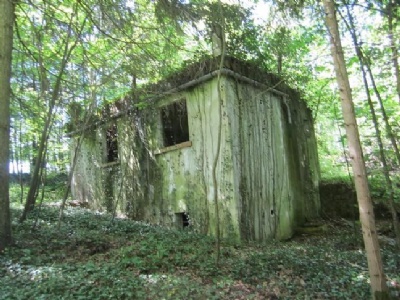
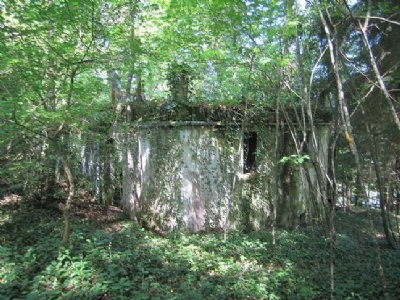

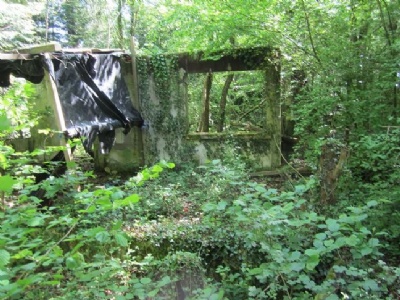
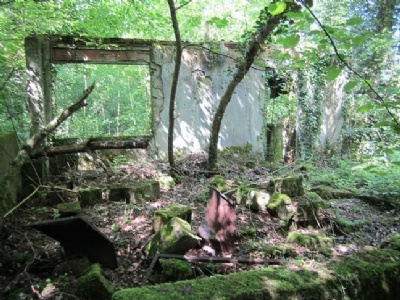

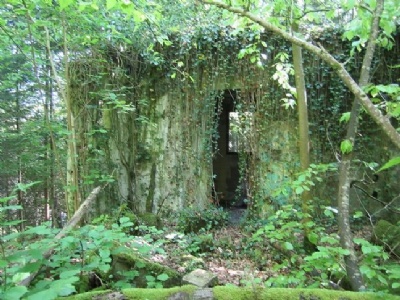
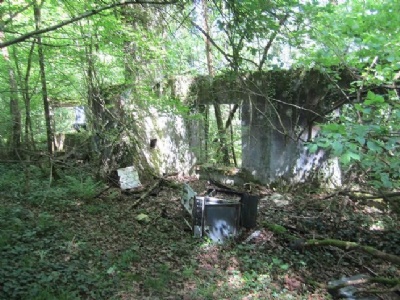
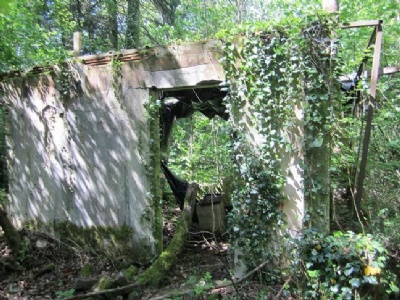
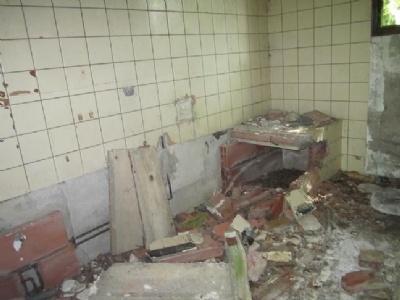
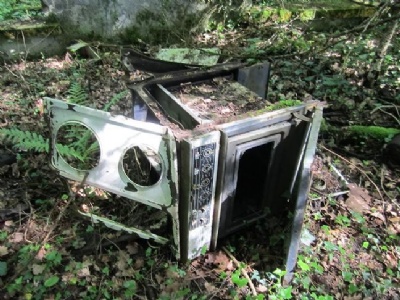
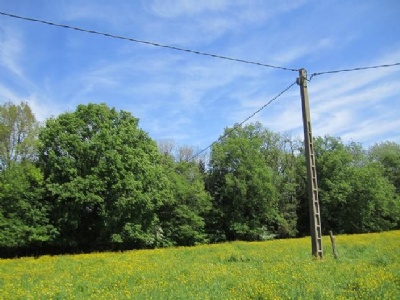
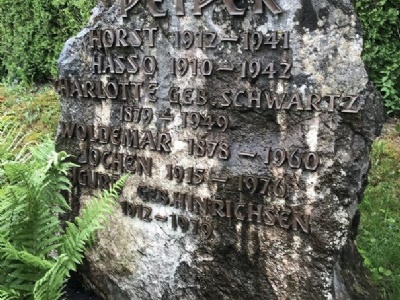
When I visited the house in May 2012, it looked as follows. The house is located about 400 meters west of Traves on the right side of the road (Moulin de Velet) in a forest about 100 meters from the road. Between the house and the country road there is a pasture surrounded by barbed wire fences. From the road, the house is impossible to discover, partly for the dense vegetation and partly because it is located below a small slope. The only thing that from the road reveals the house is an electric pole that stands placed in the middle of the pasture with a wire that seemingly disappears into the forest. The vegetation both outside and in the house is palpable.
At one end of the house there were bathroom, hall and a basement, these are actually preserved in relatively good condition and there were even a ladder that someone recently used to get down into the basement. Just above hall and bathroom there was a small balcony and I think it was possible to distinguish the balcony railings. The wall towards the porch on the other side is also preserved. It was on the porch that the photographs of Peiper sitting under a parasol were taken by a journalist weeks before the attack. On one part of the porch, someone or some even put up a shelter and prepared a primitive barbecue.
The wall facing the highway is partially preserved/razed while the wall facing the river is demolished. The river side is surrounded by a lot of vegetation and slopes steeply down towards the river. The ceiling in both the living room and kitchen was destroyed in the fire but the fireplace and chimney are still there. Even the stairs that led down to the house from the road side remain, however, the wood shed and the dog yard are now collapsed. Along the side of the house facing the road, someone or some has thrown out the stove. Judging by how the site looked, one can conclude that the ruins, despite their seclusion, attract the occasional curious visitor, but they are probably not many and some Peiper tourism does not occur.